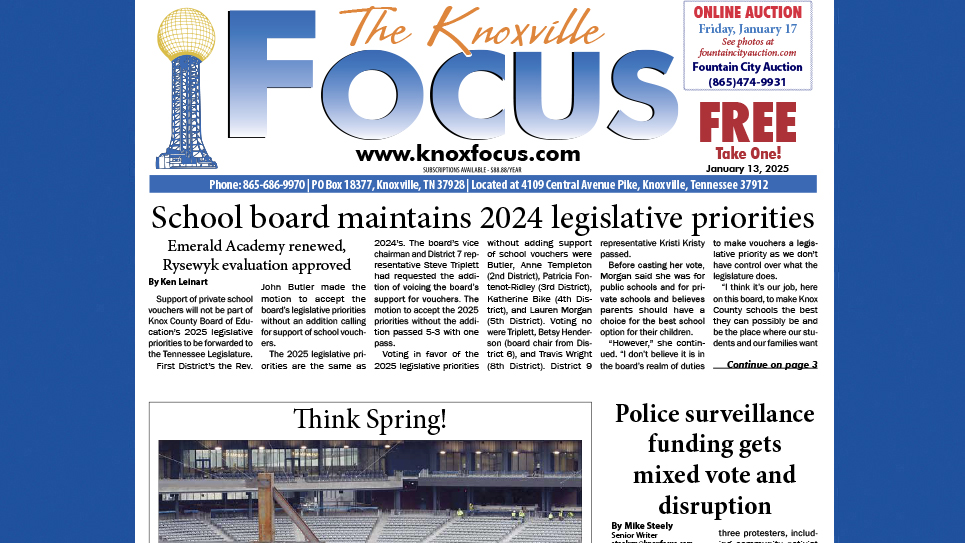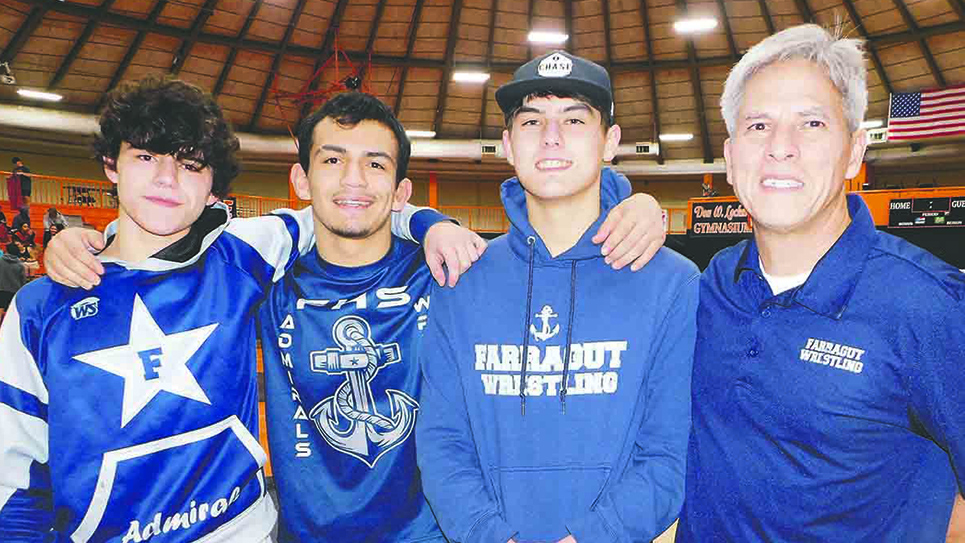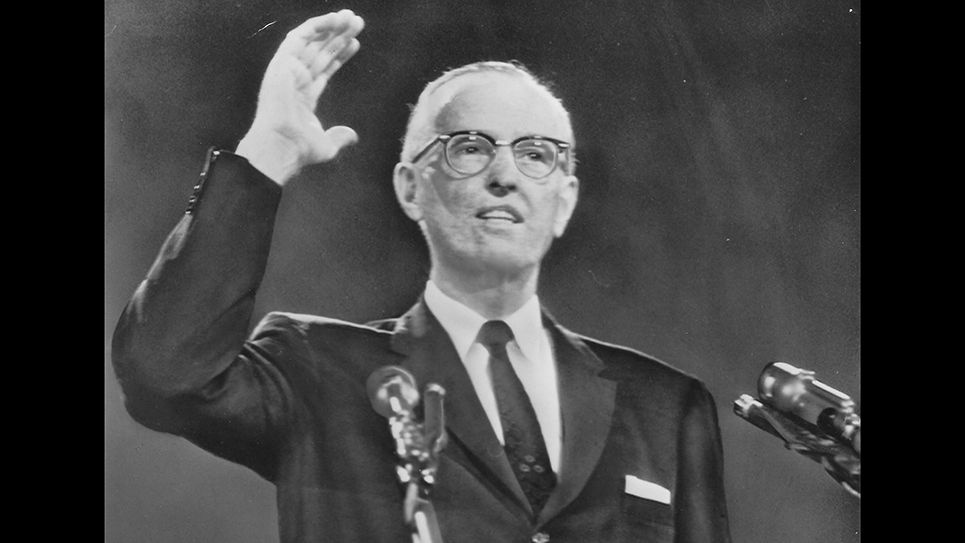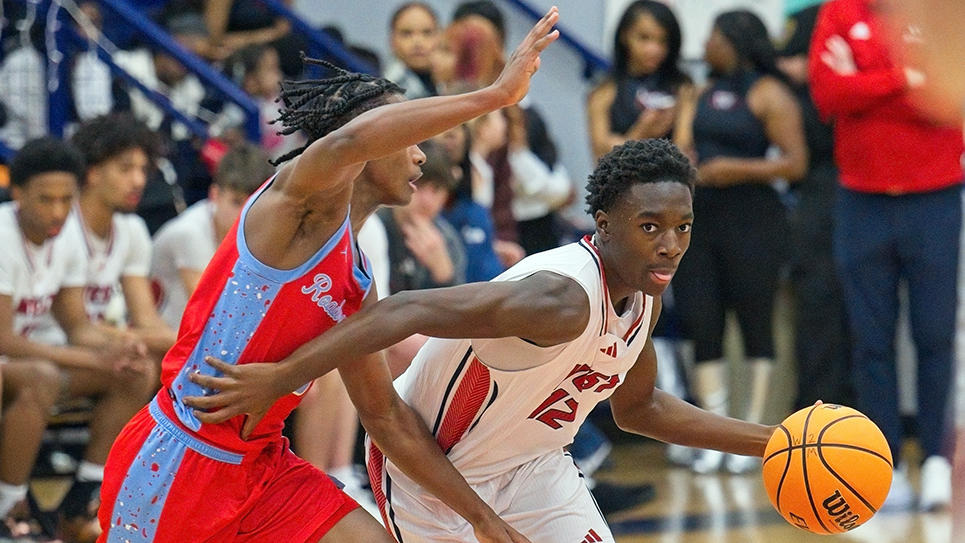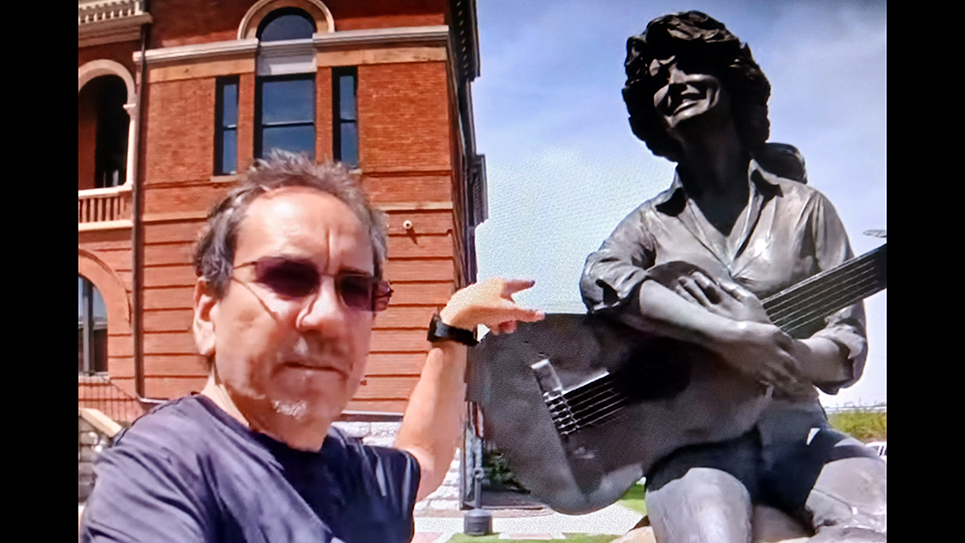I have mentioned in previous essays that my wife, Becky, and I are in the midst of downsizing. When we first built our home thirty-seven years ago I swore I would never do it again. I have always said they would have to take me straight from my house to the nursing “home.” You should never say never.
Our home served us well as we raised our daughters, but they are grown now with families of their own, and we realized we were using less than half of our house. Hopefully, we are now in the final stages of building our “retirement home” on our small farm. And the good news is the Big House will now be occupied by one of our daughters and her growing family, and I’ll get to see my grandchildren every day.
I have learned a lot in this building endeavor. Some of what I’ve learned is like a book on elephants, more than you care to know. Did you know that the building permit you purchase – for a dear price – pays for building inspectors to come and torment you and your contractor? Philosophically, I am trinitarian at heart. Becky says I can find three choices in most situations. And I’ve discovered that with building projects everything gets bigger, everything takes longer and everything costs more.
As I watched the construction of my new home, I paid special attention to the foundation, floor joists and framing, which my brother-in-law, who is a building contractor, observed were solid. I’ve heard the phrase “good bones” when describing a solidly built house. Good bones are evident in the New House and in the Big House which will soon be my daughter’s home.
Sometimes we take good bones for granted. The Master advised that a house should be built on solid ground instead of on shifting sand. The skeleton is the framework of the body like studs are to a house. Tendons attach muscles to bones and are analogous to hinges which attach doors to the door frame. You can see where my mind has been of late.
I have an app on my iPhone which shows the human skeleton in detail. Everyone has seen a Halloween skeleton, but often patients need greater detail to explain diseases like spinal stenosis, rotator cuff dysfunction or osteoporotic collapse of vertebrae. I believe a physician’s duty is to translate sometimes arcane medical concepts into layman’s language. I believe an informed patient is a much better partner in healthcare.
Imagine a cinderblock wall with mortar between the blocks. The spine is constructed as stacked vertebrae (blocks) which rest upon cushioning discs (mortar). Each vertebrae also projects two struts posteriorly and together with the vertebra and disc form a stable tripod configuration. Interestingly, the struts articulate with those above and below and are analogous to joints in your fingers. These facet joints can become arthritic and painful. And the arthritic joints may also develop nob like spurs (as often seen on finger joints). Furthermore, these bony growths can press against and irritate nerve roots.
Picture the vertebral “blocks” aligned in a subtle “S” and you have an image of the spinal column, where the gentle “S” curve functions like the shock absorbers on your car. The mortar between the blocks is analogous to the cartilaginous discs between the vertebrae and feels much like the cartilage in your ear lobe. These also absorb shock. However, these “cushions” can rupture like a blown out tire, and the fragments can press against spinal nerve roots and produce sciatica. This nerve root pain often projects down the leg to the calf and foot and is somewhat like striking the “funny bone” at your elbow. Actually, this isn’t a bone at all and it isn’t very funny. The pain and tingling down the arm is from trauma to the ulnar nerve which wraps around the inner elbow as it stretches to the little finger.
Many of my older patients have osteoporosis which weakens bones. Bones are largely composed of calcium, but also have an organic, living component of cells and marrow. These cells build and break down bone continuously, molding and sculpting the foundation and framework of our skeleton. A healthy balance exists when the molding process is balanced, a process doctors call physiologic coupling. Aging, genetics, lack of estrogen after menopause, excessive alcohol and smoking are just a few of the many factors which can contribute to uncoupling and produce osteoporosis.
Let’s return to the cinderblock image. If osteoporosis affects the vertebrae, the pounding stresses of life can cause the cinderblock-like vertebrae to collapse like an accordion. Obviously, a broken bone hurts and you can’t put a cast on the spine. Actually, the principle treatment to relieve the pain of a broken leg is a cast which immobilizes the bone, preventing movement of the bone shards and hastens healing. Vertebral collapse also decreases stature, causes excessive curvature of the spine and places additional stresses on other vertebrae and facet joints.
In the last several years a surgical procedure to stabilize fractured vertebrae has been developed. Under general anesthesia an orthopedist or neurosurgeon inserts a needle into the collapsed vertebra, then inserts a balloon to expand the collapse and produce a space into which the surgeon then injects cement/glue which hardens and stabilizes the fracture from the inside. The procedure is called a kyphoplasty.
Obviously, prevention of osteoporosis is preferable to treatment of insufficiency fractures, especially a broken hip or a collapsed vertebra. This requires building strong bones through regular exercise, adequate calcium and vitamin D intake and not smoking. And there are medications called bisphosphonates that strengthen bones by slowing bone resorption. Other agents directly increase bone density. Unfortunately, these latter agents require daily shots and are very expensive.
As people live longer they accumulate the results of their long life. Ben Franklin was a beer maker and once observed that those who drink long from the draft of life should expect some dregs at the bottom. A modicum of wrinkles and rheumatism is the price of life. The goal is to live long and well. Good bones will carry you far and hopefully to the promised land.

